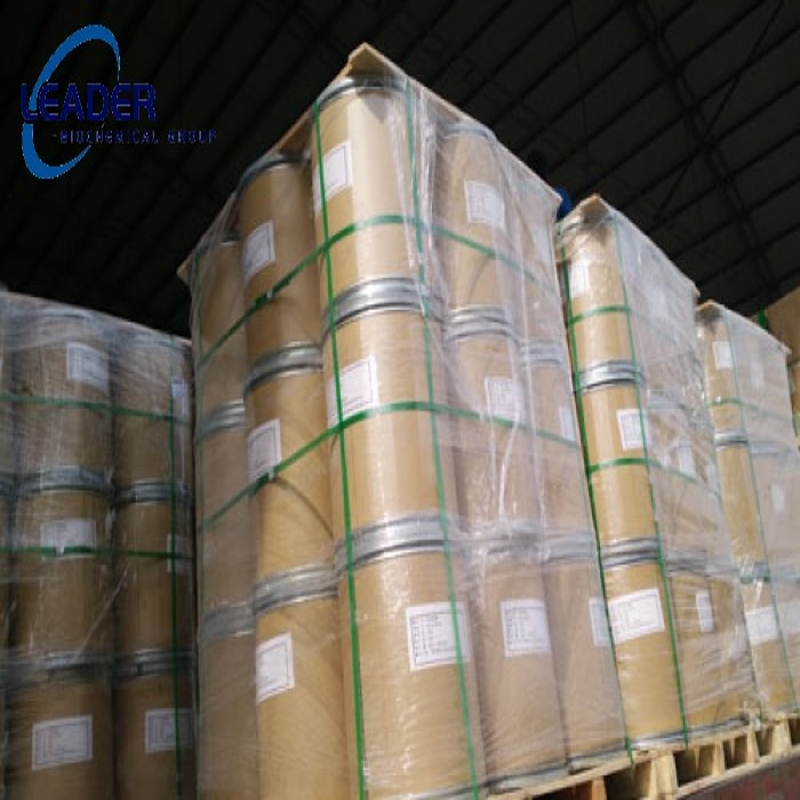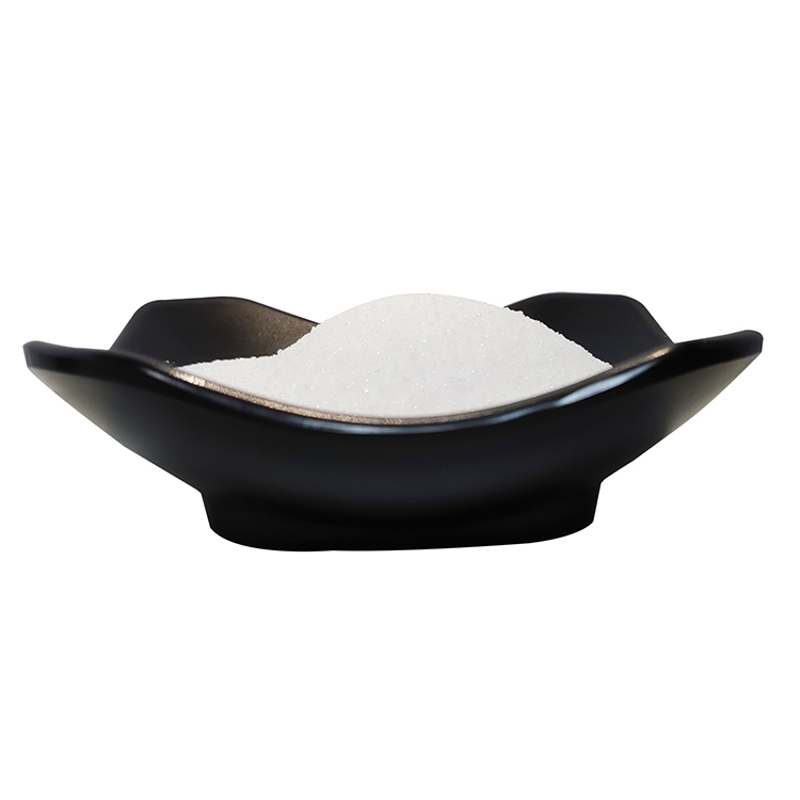-
Categories
-
Pharmaceutical Intermediates
-
Active Pharmaceutical Ingredients
-
Food Additives
- Industrial Coatings
- Agrochemicals
- Dyes and Pigments
- Surfactant
- Flavors and Fragrances
- Chemical Reagents
- Catalyst and Auxiliary
- Natural Products
- Inorganic Chemistry
-
Organic Chemistry
-
Biochemical Engineering
- Analytical Chemistry
-
Cosmetic Ingredient
- Water Treatment Chemical
-
Pharmaceutical Intermediates
Promotion
ECHEMI Mall
Wholesale
Weekly Price
Exhibition
News
-
Trade Service
Pork, delicious and versatile, is a nutritious and good ingredient
loved by the people.
Eat pork, how to buy and eat it is reliable and safe, listen to what experts in the field of food science say
.
Two prerequisites for purchase: the place is formal and quarantine is qualified
When buying pork, people are most concerned about whether it is safe or new
.
At present, there are two main types of pork on the market, one is fresh meat that is not frozen after slaughtering and processing, and the other is frozen meat that is frozen at ≤-18 °C
.
Zang Mingwu, deputy chief engineer and professor-level senior engineer of China Meat and Food Comprehensive Research Center, reminded consumers to pay attention to the following points in an interview with China Consumer News:
The sales place is the key, and the quarantine qualification is guaranteed
.
When buying fresh and frozen pork, you should try to choose a supermarket or farmers market
with complete licenses and refrigeration equipment such as refrigerators and freezers.
Do not buy pork
of unknown origin.
Pay attention to check the "two certificates and two chapters" (i.
e.
animal product quarantine certificate, meat quality inspection certificate, animal quarantine inspection seal, meat quality inspection seal); For imported meat, the inspection and quarantine certificate of the incoming goods can be requested and
checked.
If there is no relevant certificate or the certificate is incomplete, it should be avoided
.
Sensory indicators are subdivided, and packaging identification should be paid attention to
.
When buying fresh pork, you should carefully observe whether its sensory indicators are normal
.
Fresh pork fat is white, muscles are shiny, meat color is light red even, slightly dry or slightly moist in appearance, and the depression on lean meat can be recovered immediately, good elasticity, and has the normal smell
unique to fresh pork.
When buying frozen pork, you should pay attention to check whether the operating temperature of the frozen display case is normal
.
If there is packaging, you should choose products with good packaging and clear identification, and avoid buying products
that are thawed and soft, and there is more frost in the bag.
Diseased pork has characteristics, carefully identify and do not be careless
.
Water-filled pork is easily squeezed out of water, and water seeps out around the flesh, and the seeping water is not sticky
.
Spoiled pork fat loses luster, grayish yellow or even green, muscles are dark red, the cut surface is moist, elasticity basically disappears, and there is a putrefactive smell emanating
.
The stasis around the dead pork is purple-red, fat gray-red, muscle blood is dark red, and the blood vessels are filled with black-red coagulated blood
.
Attention should be paid to eating: Eating alkali-cured meat is not advisable
How can pork be safe and healthy to eat? Professor Fan Zhihong from the College of Food and Nutrition Engineering of China Agricultural University reminded consumers to pay attention to the following points:
First, keep an eye out for the loss of vitamin B1 in pork
.
Lean pork is particularly high in vitamin B1 and is the main source
of vitamin B1 in most Chinese diets.
The vitamin B1 content per 100 grams of lean pork is about 0.
5 mg, while lean beef, lamb, and chicken are less than 0.
1 mg
.
Vitamin B1 is an important cofactor in energy metabolism, and a lack of B1 in the human body may lead to frequent fatigue, slow thinking, muscle pain, numbness or abnormal heartbeat
.
However, vitamin B1 is very "squeamish", especially afraid of alkali and high frying
.
Many people like to marinate meat with edible alkali, tender meat powder, etc.
, in order to make the meat more soft and tender.
However, alkalis (some compound meat tender powders also contain edible alkali) can also cause the loss of B vitamins such as vitamin B1
.
Therefore, when stir-frying meat stew, it is not recommended to marinate with edible alkali and the like
.
Pork should also not be fried
at high temperatures.
Fan Zhihong explained that the most popular pork parts are often high-fat, such as pork belly and ribs, and it is more ideal
to use less oil steaming, boiling, stewing and other cooking methods.
When serving, it is best served with refreshing and less oily vegetables
.
Secondly, the processing tools need to be clean, and the cooking heating should be thoroughly cooked
.
When processing pork, the cutting board and knives must be cleaned, and attention should be paid to the separation of raw and cooked operations
.
When cooking, the meat is fully heated from the outside to the inside, effectively killing the possible pathogenic microorganisms in the meat, and can only be eaten
after it is completely cooked.
If grilled meat is eaten at home, cutlery with raw meat and cooked meat should be used
separately.
In addition, meat dishes should be eaten as soon as possible after cooking, and the remaining meat dishes should be returned to the pot to be fully heated before eating
.
Third, pork needs to be eaten in moderation, and the diet is balanced and safer
.
Many people think that pork is "red meat" and it is easy to catch fire
when eaten.
In fact, pork is the most "white" of red meat, and its heme iron content is significantly lower than that of beef and mutton
.
Therefore, pork will not have the same obvious pro-inflammatory response as beef and mutton, and in some ways, pork has certain advantages
over beef and mutton.
However, the proportion of pork consumed by Chinese residents in meat has been too large, so daily consumption should be moderate
.
From the perspective of preventing cardiovascular and cerebrovascular diseases and bowel cancer, it is more ideal
to appropriately increase the proportion of poultry meat and fish such as chicken and duck.
Storage Tips: Buy Ready to Eat Don't leave it for a long time
Zang Mingwu reminded consumers that it is not recommended to buy a large amount of pork at one time, and encourage on-demand purchase, instant purchase
.
Fresh and frozen pork purchased by consumers should be cooked and eaten
as soon as possible.
If temporary storage is required, it should be packed in a plastic bag or plastic wrap and refrigerated in the refrigerator to avoid being naked and mixed with other foods, and fresh pork should not be stored in the refrigerator for more than 3 hours
.
If pork is frozen for a long time or thawed repeatedly, it will lead to a decrease
in food quality and nutritional value.
Therefore, if you need to store it frozen, try to cut it into small pieces, reduce the storage time, and eat
it as soon as possible.
Although freezing is conducive to long-term preservation, long-term eating frozen meat may lead to nutritional deficiencies, etc.
, it is not recommended to eat frozen pork for a long time, especially if the frozen meat appears yellow, indicating that the quality of meat has declined, and it is not recommended to eat
it again.
Related Links:
Frozen foods also have a shelf life
Many people think that as long as they put food in the refrigerator and freeze it, everything will be fine
.
Ruan Guangfeng, director of the Science and Technology Communication Department and deputy research librarian of the Kexin Food and Health Information Exchange Center, reminded in an interview with the "China Consumer News" reporter that food has a shelf life even if it is frozen, and the shelf life is not as long as
people think.
First of all, the temperature of cryopreservation is generally about minus 18 °C, in such an environment, the general bacteria will be inhibited growth or killed, but it is not equal to complete sterilization, some bacteria with strong frost resistance can still survive, so there is still a risk
of microbial contamination of food.
If the food is not fully cooked during cooking and processing, bacteria are not completely killed, and foodborne illness
may be caused after consumption.
Secondly, if the food is frozen for too long, nutrients will be gradually lost, and the quality of food will be reduced
.
Generally speaking, chicken, duck, cattle, sheep and pork can not be frozen for more than 6 months; Bacon slices and cured meat should not be older than 3 months; Ham and bacon chunks cannot be older than 4 months; Among fish, fatty fish and fish pieces should not be frozen for more than 4 months, whitefish should not exceed 8 months, and shellfish should not exceed 3 months; Vegetables blanched in boiling water can be frozen for 10 to 12 months
.
Nguyen Quang Phong suggested that before putting food in the freezer, you can put a label, indicate the time and consumption date, and remind yourself or your family to eat
it in time according to the storage time.
(Compiled by Li Jian)
Related articles







